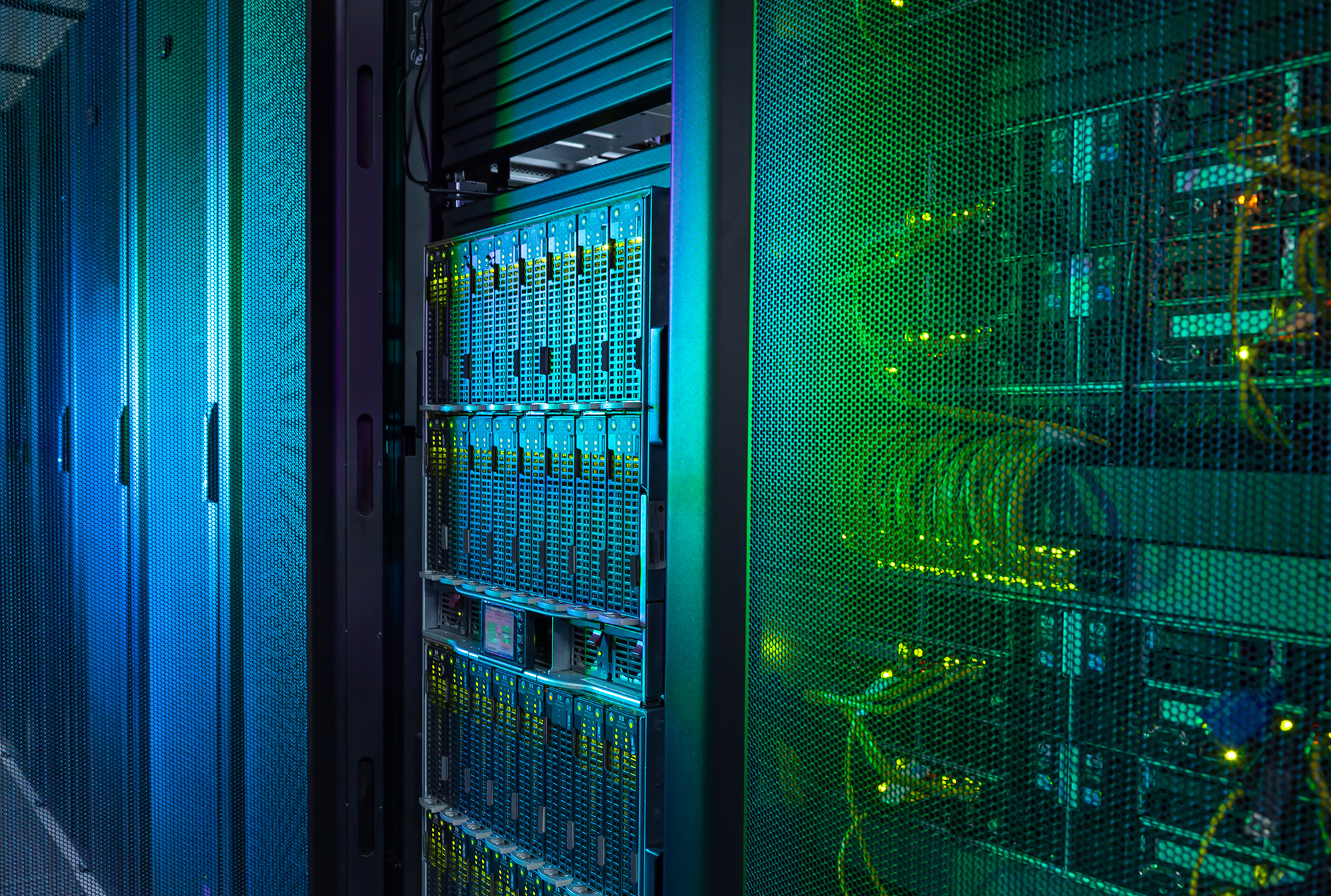%20(1).png)
From the science fiction fantasies of the mid-20th century to today's reality, AI's journey has been a blend of innovation and apprehension. As we contemplate the future of AI, it’s interesting to look back at the early days of AI, how far it’s come and what we might yet expect. AI has the potential to be of huge benefit but could be disruptive in the wrong hands, particularly in the realm of cybersecurity.
A Brief History and Development of AI
Alan Turing envisaged machines that could simulate human intelligence; he developed “The Turing Test” to determine if machines could think. However, the term 'artificial intelligence' wasn't coined until the mid-1950s during the Dartmouth College Conference, marking the official birth of AI as a field of study. Early AI research focused on problem-solving, natural language processing, and rule-based systems.
AI development hit milestones with the advent of expert systems in the 1980s and the rise of machine learning and neural networks in the 21st century. Today, AI is integral to many aspects of our lives, from virtual assistants like Siri and Alexa to self-driving cars and recommendation systems that guide our online experiences.
Current Applications and Beyond
AI's influence is universal, from healthcare (diagnosing diseases and personalised treatment plans) to finance (algorithmic trading and fraud detection). In the world of entertainment, AI generates art and music. In agriculture, it optimises crop management. Its potential seems boundless, and it's revolutionising virtually every industry.
The future of AI is even more exciting and daunting. It promises autonomous robots, personalised education, advanced climate modelling, and human-machine partnerships that could accelerate scientific discoveries. Yet, with great power comes great responsibility.
The Double-Edged Sword of AI
AI, as a tool, is neutral. Its application for good or ill is dependent on human intent. On one hand, it can be a powerful friend. In the cybersecurity domain, AI is indispensable for threat detection, identifying patterns, and automating responses, helping organisations defend against increasingly sophisticated cyberattacks.
On the other hand, AI can be a formidable foe. Attackers leverage AI to craft highly convincing phishing emails, develop autonomous malware, and exploit vulnerabilities at an unprecedented scale. It can automate data breaches, intensify social engineering, and wreak havoc in critical systems.
Counter-Attacks in the Cybersecurity Realm
In this AI-driven arms race, the defenders of the digital realm employ AI to counter these emerging threats. Machine learning models spot anomalies in network traffic, identify new malware variants, and block malicious activities. AI assists in behavioural analysis, automatically isolates compromised devices, and strengthens authentication methods to protect against unauthorised access.
So, is AI a friend or foe? The answer is not black and white. Its impact depends on how we choose to wield it. AI has the potential to be our greatest ally, but its potential for harm is equally significant. As we navigate the complex landscape of AI, we must foster innovation while prioritising ethical and responsible development. In cybersecurity, this means not only using AI to fend off threats but also safeguarding AI systems themselves from adversarial attacks.
The future of AI is in our hands. It can be the most potent force for good, but only if we ensure it remains a friend to humanity rather than a foe.

%20(4).png)


